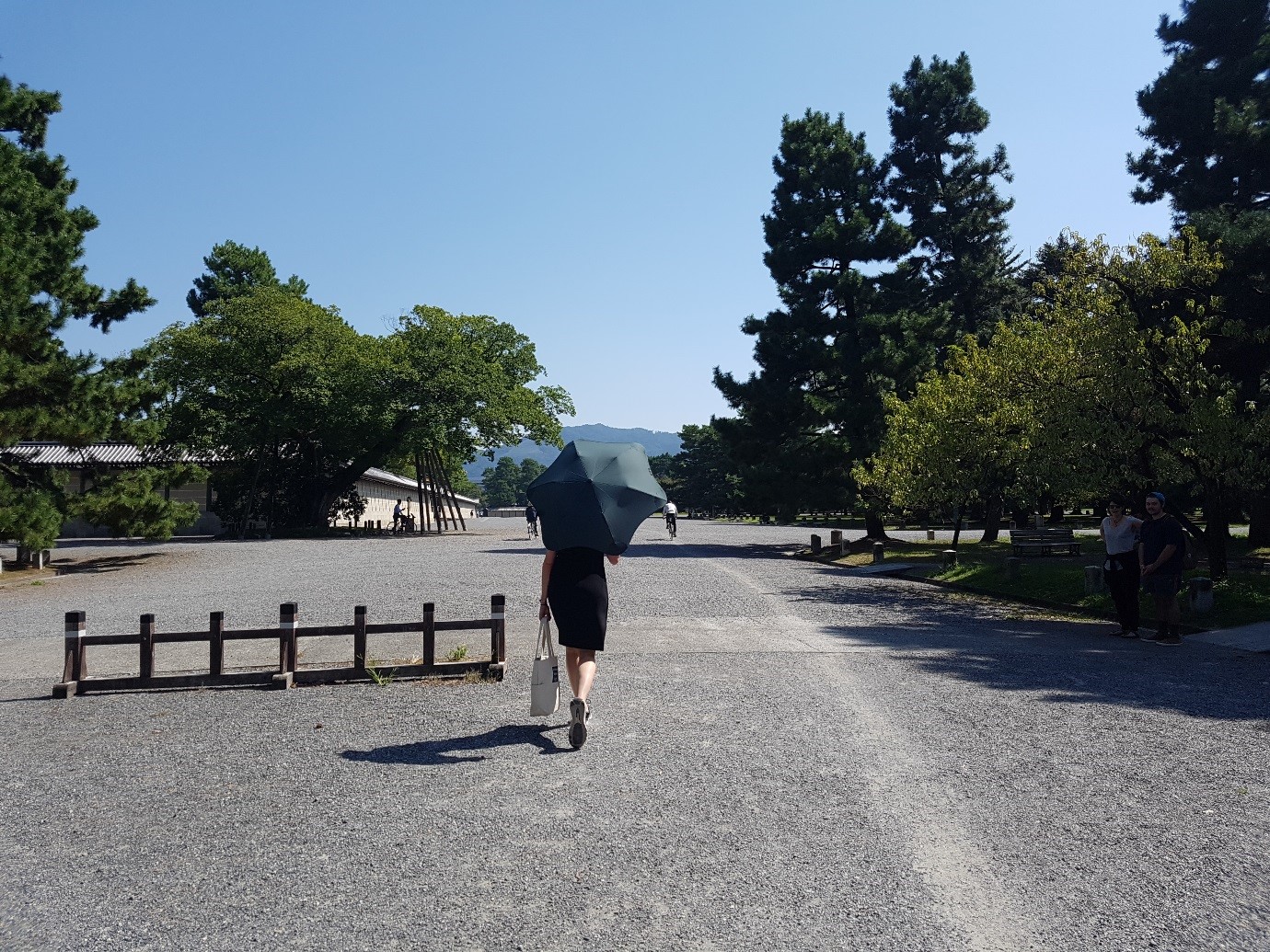Rachel Tropea is a Senior Research Archivist at the University of Melbourne in Australia.
2017 has been a year for digital preservation firsts – the first ever International Digital Preservation Day on 30 November 2017, the University of Melbourne became the first Australian institution to join the Digital Preservation Coalition, and on a personal level it was my first time attending iPRES.
iPRES is the major international conference on the preservation and long-term management of digital materials. In 2017 it was hosted by Kyoto University, and the theme was Keeping Cultural Diversity for the Future in the Digital Space — From Pop Culture to Scholarly Information.
At the same time, the Australian Society of Archivists Conference & Information Technologies Indigenous Symposium (ASA-ITIC) took place in Melbourne, and its theme was Diverse Worlds.
Although these communities confer separately, their concerns are largely the same as evidenced in part by their shared theme of diversity this year. And, as I hope you’ll see from my discussion of ASA-ITIC, the challenges posed by the keynote speaker Jarrett Drake go to the very core of what we all do.
The Diversity challenge
Jarett Drake began his ASA-ITIC keynote ‘Diversity’s Discontents: In Search of an Archive of the Oppressed’ stating: “your theme needs provocation”. He described a recent experience when he and others were asked to organize the Society of American Archivists’ (SAA) first ever ‘liberated archive forum’, only to have their proposal re-conceptualised and re-written by the Society. By way of contrast, earlier in 2015, Drake had helped create A People’s Archive of Police Violence in Cleveland independent of the SAA: ”[we] had every reason to believe that SAA would water down if not completely sabotage our project…we didn’t give SAA a chance, by using its deceptive defence [of diversity] to fuck this up for the people in Cleveland”. Drake issues us with a challenge, to interrogate and critique our reason d’etre and transform our practice.
Language and the OAIS reference model
OAIS, or the Open Archival Information System reference model is integral to digital preservation, part of its value being that it is used as a common language for librarians, archivists, digital preservation folk, other IT, curators, repository managers, and data managers.
In his presentation Jarett Drake critiqued OAIS and in particular the language, citing Elisabeth Schussler Fiorenza’s theory of Kyriarchy and Paolo Freir’s Pedagogy of the Oppressed as instructional to his argument:
Freir’s notion of the banking model of education…corresponds well with critiques about the commodification of the archival record as well as the power dynamics imposed by the omnipotent archivist onto the disempowered researcher. The archivist…assembles bodies of documents containing those sets of fact that they have deemed, usually arbitrarily and inconsistently, to have enduring value. The user …dutifully mines the archive but is rarely able… to reveal and thus transform the world around them…
The OAIS reference model reinforces this process and quite fittingly uses the neo-liberal language of producer, manager and consumer…and the development of digital asset management systems, and the theories that undergird them, further extend the money metaphor.
Drake advocates for “the abolition of the archivist-user binary [and] for subjects in all areas of archival process”, concluding that to practice an archive of the oppressed requires: “re-thinking and re-imagining all dynamics of archival process alongside and in communication with, and not for, oppressed communities for the purposes of our mutually dependent liberation”. Like Verne Harris (the other keynote at ASA-ITIC), Drake rejects professionalism in favour of liberatory work “in which oppressed peoples are positioned as subjects in their own liberation”.
Many of the innovative digital preservation projects on show at iPRES illustrated an awareness of the power dynamic inherent in the space and proffered empowerment via a community centered approach. Below I’ve highlighted two talks that I particularly enjoyed:
Paper: ‘Crowdsourced Transcription of Handwritten Medical Health Records’ by Unmil Karadkar
This project, funded by the Andrew Mellon foundation, developed the first privacy-sensitive transcription software.The transcription workflow utilises ‘Zooniverse’, a free open source crowdsourcing engine. The crowd is given snippets of data to transcribe that, when pieced together, create a digital collection of historical, primary sources accessible to the families and descendants of people who lived in mental health facilities. The project is a collaboration between scholars, families and descendants, social workers and policy makers all of whom were involved in the inception and development of the project.
Paper: ‘Documentation to the People: Building Empathy into Technical Documentation for Digital Archiving’ by Lauren Work and Heidi Kelly
Currently, open source software is “open but not available” or adoptable to those outside large research institutions due to lack of resources and technical skills. In this paper Work and Kelly proposed a set of guidelines (establish a method to receive and integrate feedback; better explain errors and provide examples; lower all possible barriers; establish better timing for documentation; improve community availability) and iterative, actionable steps to embed an ethical and empathetic framework into the creation of technical documents. They cite survivor centered approaches to archives, community archives and collaborative projects with Indigenous peoples as inspiration.
One of the most exciting aspects of iPRES (and the digital preservation community) is that it is relatively young and unencumbered by decades and centuries old discourse affording it a great opportunity to inform what the profession is and how it evolves. Conferences are where new ideas and new relationships are formed, and they provide the ideal opportunity to begin to share power by inviting communities (those impacted and affected by our decisions and work, that sit outside 'the profession') to set the agenda.
NOTE: In this blog post I have referenced the conferenced websites, twitter streams (#ipres2017 & #asaitic17), iPRES Papers: https://ipres2017.jp/papers; and, ASA-ITIC presentations: https://www.youtube.com/channel/UCB7MRhIRtrP5xuJFj0LMKTA/videos.

“Morning walk through the park to iPres2017”, photograph taken by Rachel Tropea.